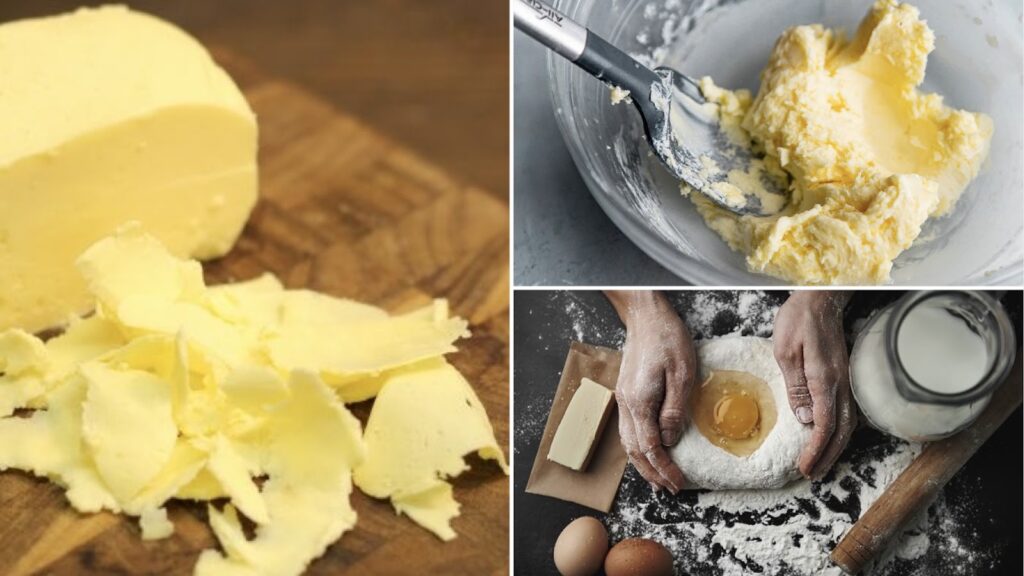Butter is one of those magical ingredients that can take a dish from good to unforgettable. But here’s the thing—not all butter is created equal. Understanding sweet cream and cultured butter can make all the difference when it comes to flavor and texture. Whether you’re baking cookies, slathering toast, or whipping up a gourmet dish, knowing which butter to use (and when) is a game-changer.
Sweet Cream Butter
If you’ve ever grabbed a stick of butter from the grocery store without thinking twice, chances are it was sweet cream butter. Made from fresh pasteurized cream, it’s smooth, creamy, and has a mild flavor. Unlike cultured butter, it skips the fermentation process, keeping things simple and neutral.
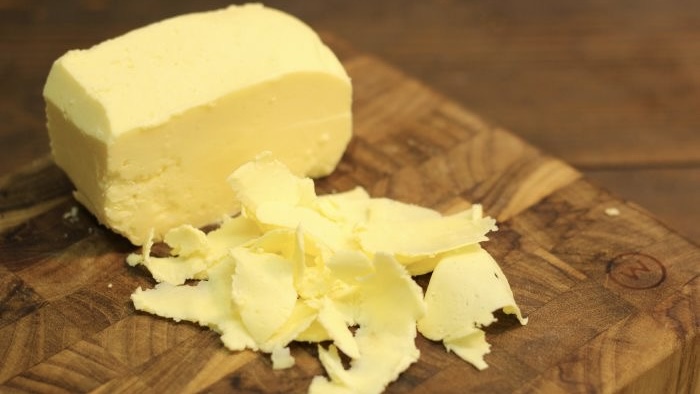
This makes it perfect for baking pastries, spreading over warm bread, or melting into a pan for everyday cooking. You’ll find it in both salted and unsalted versions, with the latter being the go-to for baking.
Cultured Butter vs. Sweet Cream Butter: What Sets Them Apart?
The real difference between cultured butter and sweet cream butter comes down to the process. Cultured butter takes things up a notch by fermenting the cream before churning. This creates a richer, more complex taste—slightly tangy, deeply flavorful, and packed with character. It also has a softer, silkier texture, thanks to its higher butterfat content. If you love deep flavors that add an extra oomph to your dishes, cultured butter is your best bet.
How Cultured Butter Gets That Signature Tang
So, what gives cultured butter its unique flavor? It all comes down to fermentation. Bacterial cultures (think yogurt but in butter form) are added to the cream, letting it develop that signature tangy depth.
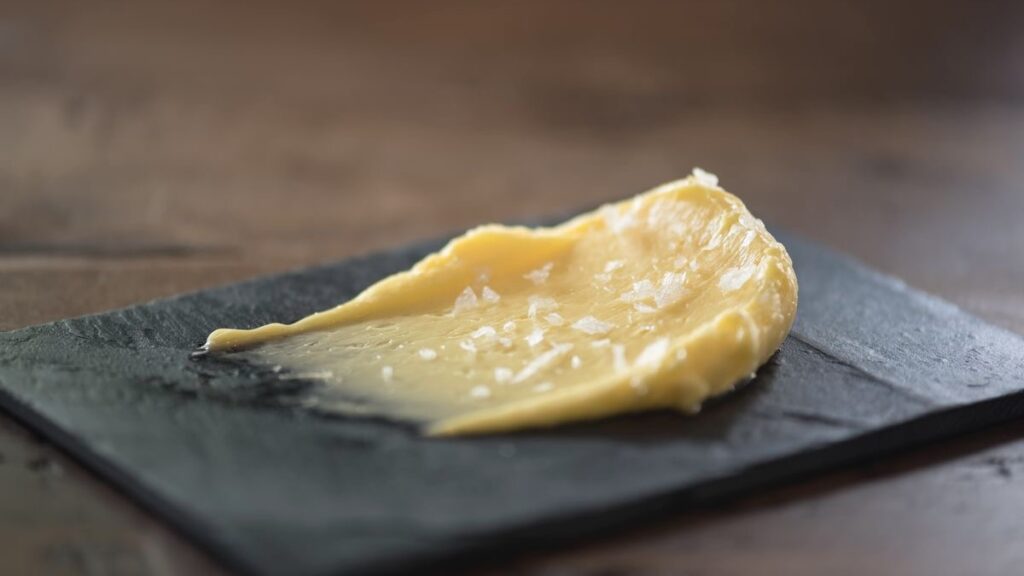
Depending on how long it ferments, the taste can range from subtly tangy to boldly rich. This butter pairs beautifully with crusty bread, croissants, and high-end pastries where flavor really matters.
Salted Butter: A Kitchen Essential or a Baking Disaster?
Both sweet cream and cultured butter come in salted versions, but is it always the right choice? Salted butter is an instant flavor booster, making it great for spreading on toast or drizzling over veggies. But when it comes to baking? Not so much. The unpredictable salt content can throw off recipes that rely on precise measurements. If you’re a home baker, keeping unsalted butter on hand is a smart move—it gives you full control over how much salt ends up in your treats.
Which Butter Wins?
When it comes to baked goods, sweet cream butter is usually the MVP. Its neutral taste lets other ingredients shine, making it ideal for cookies, cakes, and pie crusts.
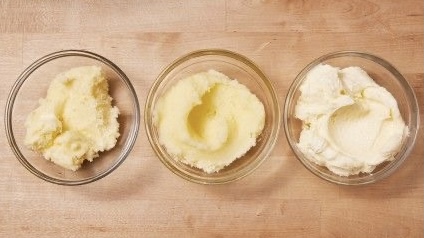
But if you’re going for a more decadent, European-style pastry, cultured butter is your secret weapon. It adds a depth of flavor that makes croissants flakier, shortbread richer, and brioche downright irresistible. If you’ve never tried baking with cultured butter, you’re missing out.
Butter Hacks That’ll Change Your Cooking Game
Butter isn’t just for spreading—it’s a powerhouse ingredient that can transform the simplest dishes. Here are some easy cooking hacks with butter:
- Upgrade mashed potatoes—Stir in cultured butter for an unbelievably rich and creamy texture.
- Sear like a pro—A mix of sweet cream butter and herbs can take your steak from homemade to restaurant-quality.
- Perfect pasta sauces—Add a little butter at the end for that silky-smooth finish.
- Shiny pastries—Brush melted butter over baked goods for a golden, glossy look.
- Easy gourmet spread—Mix salted butter with honey or jam for a next-level toast topper.
Why Home Bakers Should Keep Both Butters Around
If you’re serious about baking, having both sweet cream and cultured butter in your fridge is a smart move. Sweet cream butter is perfect for traditional recipes, while cultured butter brings something extra to specialty pastries.
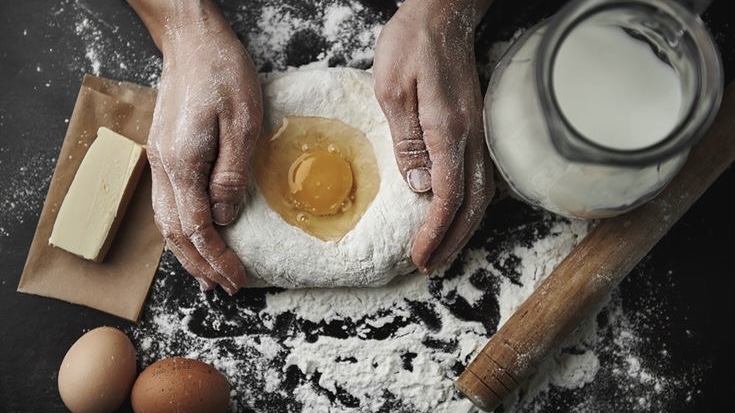
The best way to see the difference? Try swapping them in your favorite recipes and taste the results. You’ll be surprised at how much of a difference the right butter can make.
How to Choose the Right Butter for Any Recipe
At the end of the day, the best butter depends on what you’re making. Sweet cream butter is great for everyday cooking, simple baking, and dishes where you don’t want an overpowering flavor. Cultured butter, on the other hand, adds richness to artisanal recipes and high-end pastries. If you’re new to cultured butter, start by using it in sauces, bread, or homemade butter spreads—you’ll get hooked in no time.
Final Thoughts
Whether you’re a home baker, a casual cook, or just someone who loves good food, understanding sweet cream and cultured butter can take your kitchen skills to the next level.
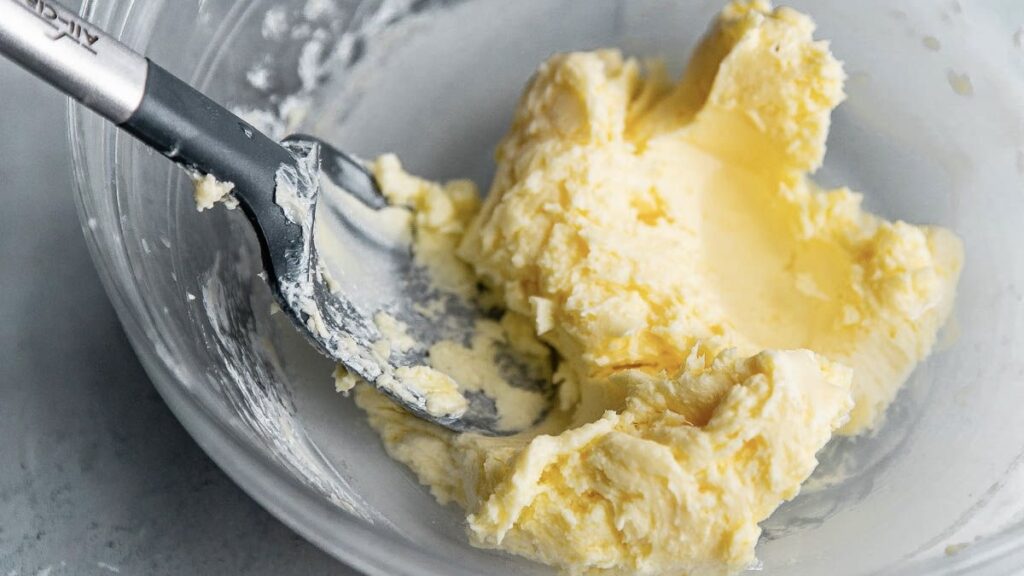
Each has its place, and once you start experimenting, you’ll never go back to thinking of butter as just a simple ingredient. Try them out, mix things up, and let your taste buds decide which one deserves a permanent spot in your fridge.
